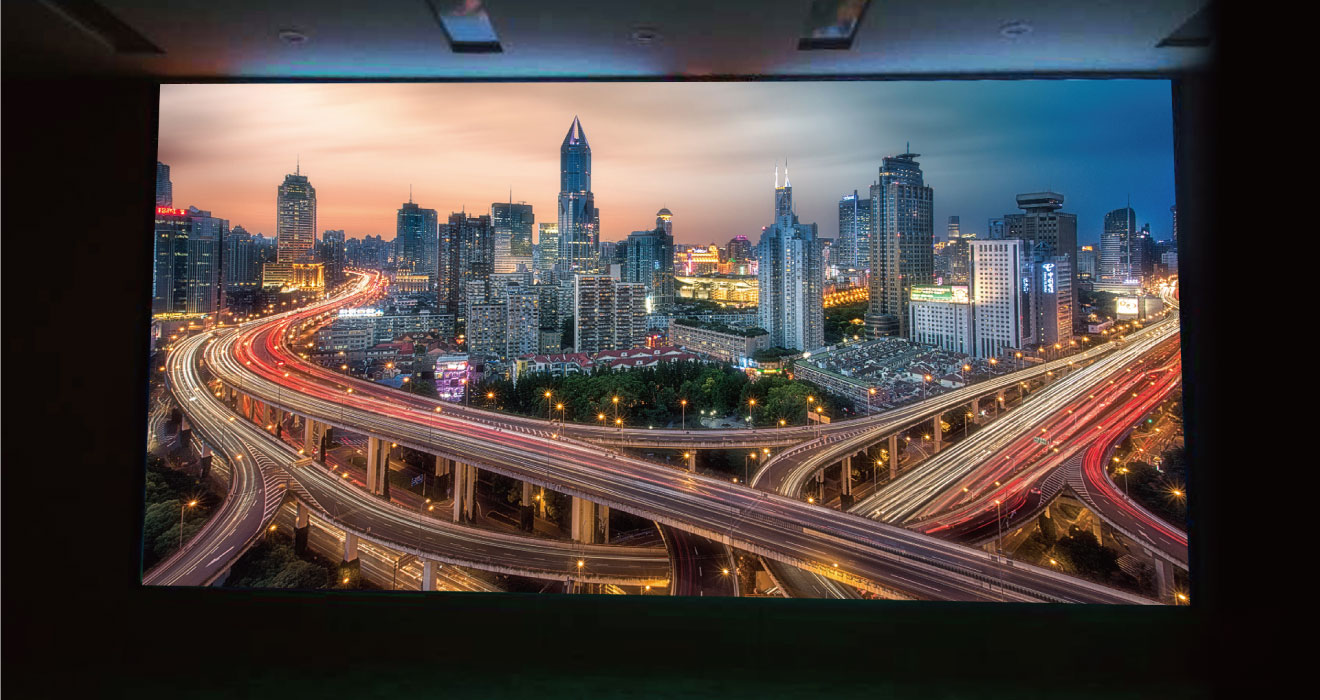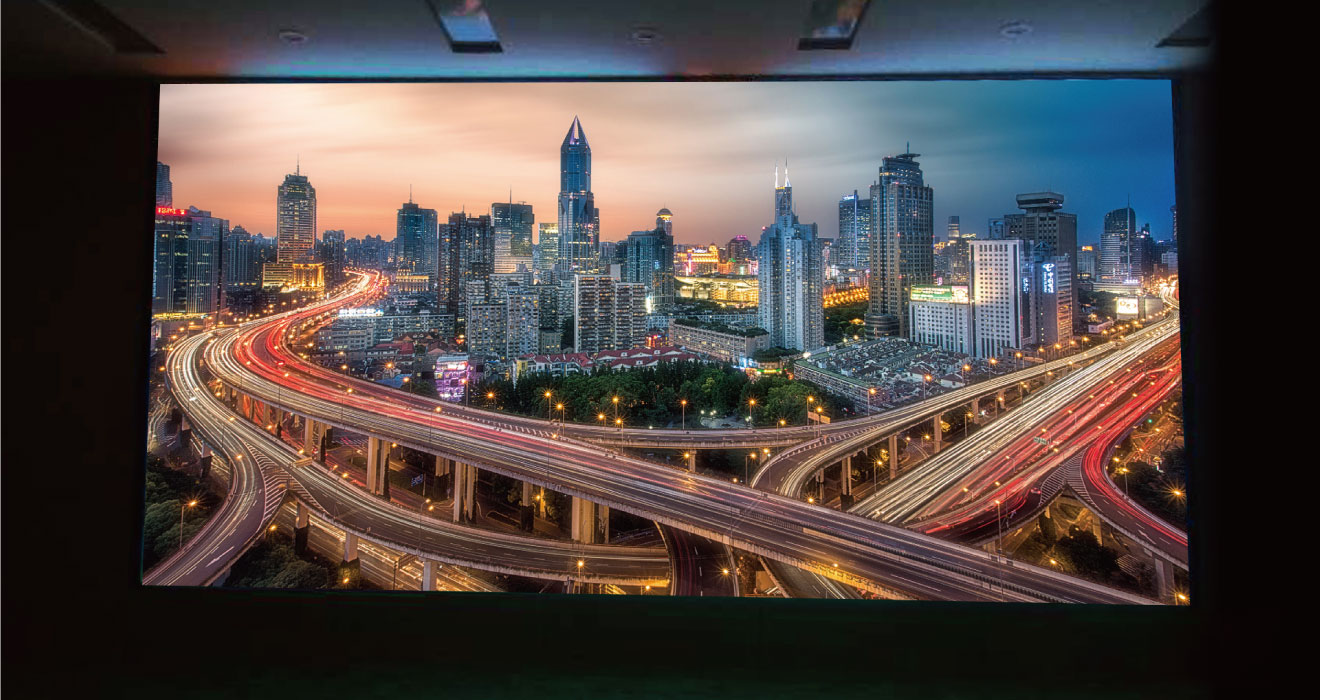Sansi LED: Sustainable LED Lighting and Integrated LED Display
Delivering premium and professional LED Display, LED Lighting, Smart City Integration solutions, trusted by over 60,000 companies worldwide everyday. From industrial lighting to commercial lighting, from outdoor advertising to XR & VR production, Sansi LED greatly improves the quality and sustainability of your business with 30 years of expert experiences.

The fine-pitch LED splicing displays are widely used in many indoor scenarios that have high requirements for image clarity such as TV studios, monitoring centers, video conference rooms, dispatching rooms, airports, railway stations, hotels and large and medium-sized enterprises. Then, when purchasing fine-pitch LED display for your project, in order to achieve the appropriate investment benefits while meeting the requirements of the application, what are the key points that you should pay attention to ?

As the display terminals, the viewing comfort of the LED displays should be guaranteed first. Judged by the sensitivity of human eyes, LED are normally used as automatic light-emitting sources. Its brightness is twice that of active light-emitting sources (LCD displays). To ensure the comfort of watching, the brightness scale of the small-pitch LED screen can only be between 100 cd/㎡-300 cd/㎡. However, reducing the screen brightness will result in the loss of grayscale, and the loss of grayscale will directly affect the picture quality. Therefore, high-quality fine-pitch LED displays must ensure sufficient grayscale while controlling the appropriate brightness.
Compared with the traditional LED displays, one of the outstanding features of the fine-pitch LED displays is the smaller pixel pitch. In practical application, the smaller the pixel pitch means the higher the pixel density, making the unit area can express more information capacity at one time. So it is recommended that the viewing distance should be closer. The view “The smaller pixel pitch is better” is totally wrong, the display should be selected according to the actual application scenario specifically.

In addition, the smaller the pixel pitch of the fine-pitch LED display, the higher resolution it would be, and the higher the clarity of the display. In actual operation, the fine-pitch LED display system that the customer wants to build should not only store the resolution of the screen itself, but also consider the most suitable front-end transmission products.
